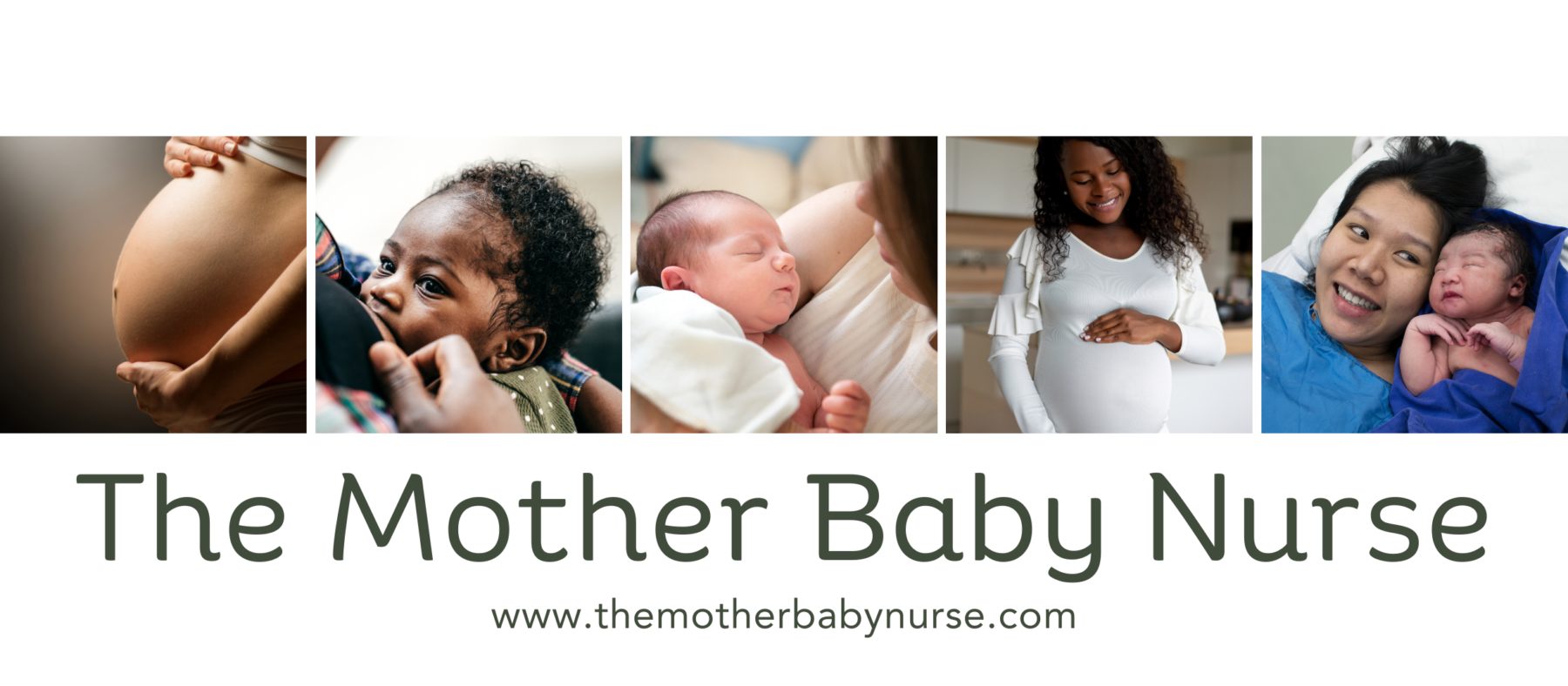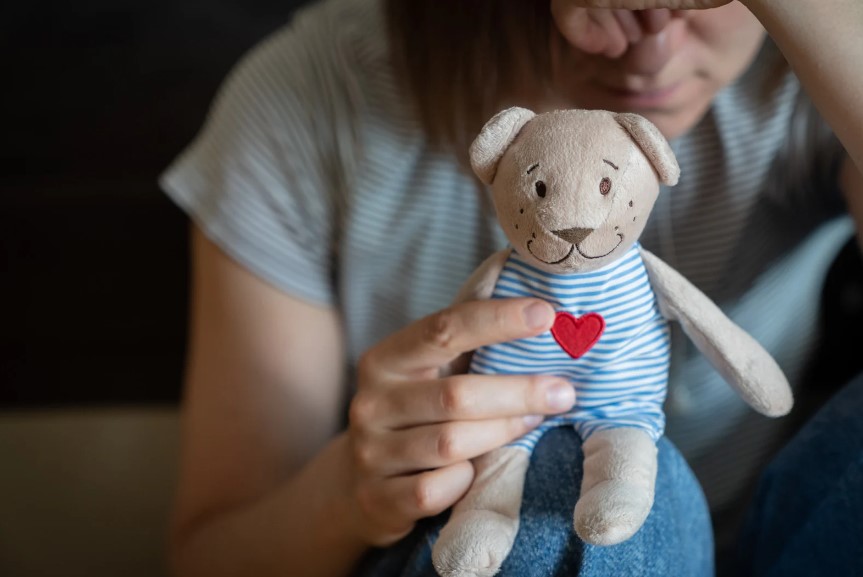Carole Falletta, MS, MA, PMHNP-BC, FNP-BC, RNC-EFM, IBCLC, LCCE Carole is a nurse practitioner with over 30 years of experience in nursing, specializing in women's health, newborn care, and reproductive and postpartum mental health. Actively practicing in healthcare, she supports women and families during the perinatal journey through compassionate, evidence-based care. A dual board-certified nurse practitioner in psychiatric and family health, Carole is also an International Board-Certified Lactation Consultant (IBCLC) and Lamaze Certified Childbirth Educator, combining her clinical expertise and passion for education to empower mothers and babies.
Hello and welcome! Let’s understand the intriguing topic of skin transformations experienced by women during pregnancy and after giving birth. Pregnancy and childbirth are remarkable journeys filled with joy and wonder, yet they also introduce notable changes to a woman’s body, particularly her skin. In this post, we’ll explore the common skin changes that occur during both pregnancy and the postpartum period.

Skin Changes During Pregnancy:
- The Pregnancy Glow: Hormonal changes during pregnancy often result in a radiant, glowing complexion. This natural glow is caused by increased blood circulation and can make your skin look healthy and vibrant. It typically starts to appear in the first trimester and may continue throughout pregnancy.
- Stretch Marks: As your body expands to accommodate your growing baby, you may develop stretch marks on your abdomen, breasts, hips, and thighs. These marks occur due to the stretching of the skin and are a common occurrence during pregnancy. They usually start to appear around the second trimester and may fade over time after childbirth.
- Melasma: Also known as the “mask of pregnancy,” melasma causes dark patches to appear on the face, typically on the forehead, cheeks, and upper lip. This condition is triggered by hormonal changes and increased melanin production. Melasma often develops in the second or third trimester and may fade gradually after giving birth, although it can persist for some time.
- Linea Nigra: The linea nigra is a darkened line that may appear from the belly button downwards during pregnancy. This line is caused by hormonal changes and increased melanin production in the skin. It usually becomes noticeable around the second trimester and fades away on its own after childbirth.
- Acne and Skin Sensitivity: Hormonal fluctuations can also lead to changes in your skin, including acne breakouts and increased sensitivity. Some women may experience clearer skin during pregnancy, while others may notice an increase in blemishes. These changes can occur at any point during pregnancy and may persist postpartum for a variable amount of time.

What Happens After Birth:
- Postpartum Hair Loss: Many women experience hair loss in the months following childbirth. This shedding is a result of hormonal changes and is typically temporary. It often starts around three to four months postpartum and resolves on its own within six to twelve months.
- Changes in Breast and Abdominal Skin: After giving birth, your breasts may change in size and shape, which can affect the skin’s appearance. Additionally, the skin on your abdomen may appear looser or stretched due to the changes that occurred during pregnancy. These changes can persist for several months postpartum and may gradually improve over time with proper care and exercise.
- Stretch Mark Reduction: While stretch marks may not completely disappear after giving birth, they often become less noticeable over time. Using moisturizers and creams can help improve the appearance of stretch marks. Improvement may be seen within several months to a year after childbirth.
- Hormonal Fluctuations: Hormonal changes continue to affect your skin after childbirth, which may lead to ongoing skin issues such as acne or changes in skin texture. These fluctuations can last for several months postpartum before hormones stabilize.

Embracing Your Skin’s Journey
Pregnancy and childbirth bring about many changes, including changes to your skin. While some of these changes may be temporary, others may linger for a while. Embrace your skin’s journey and remember that it’s a reflection of the incredible journey you’ve been on. Take care of your skin by staying hydrated, eating a healthy diet, and using skincare products that are gentle and nourishing. And most importantly, be kind to yourself as you navigate the ups and downs of motherhood. Your skin may change, but your beauty and strength remain constant.

Carole Falletta, MS, MA, PMHNP-BC, FNP-BC, RNC-EFM, IBCLC, LCCE Carole is a nurse practitioner with over 30 years of experience in nursing, specializing in women's health, newborn care, and reproductive and postpartum mental health. Actively practicing in healthcare, she supports women and families during the perinatal journey through compassionate, evidence-based care. A dual board-certified nurse practitioner in psychiatric and family health, Carole is also an International Board-Certified Lactation Consultant (IBCLC) and Lamaze Certified Childbirth Educator, combining her clinical expertise and passion for education to empower mothers and babies.



